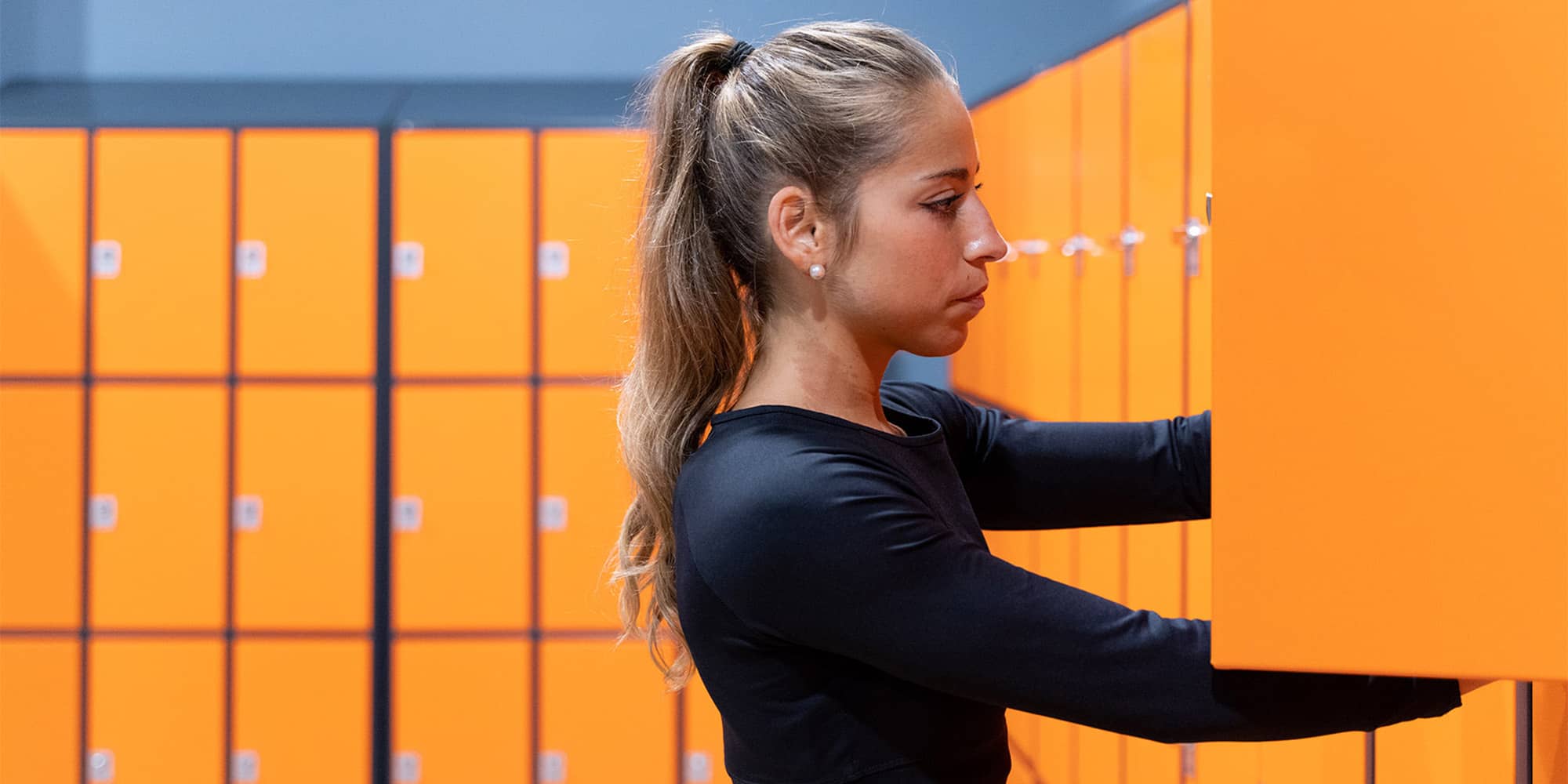Monitoring restrooms and locker rooms with a consistent inspection program can help reduce the likelihood they become a hazard zone.
Slips and falls due to excess water and debris on the bathroom or locker room floor can be some of the more frequently reported claims. Overflowing sinks and toilets can also lead to extensive repair and water extraction costs. Left unmonitored, either can quickly result in inches of water on gym floors, saturated mats, and flooded foam landing pits.
Because bathrooms are concealed areas, they can be opportunistic locations for committing molestation and abuse or allegations of hazing and bullying. Staff need to monitor bathroom rotations to ensure adequate supervision.
Lockers and sinks should be periodically checked to ensure they are securely fastened to the wall and free of defects. A broken locker door can lead to a variety of hazards. Secure or remove it as soon as possible. Conducting frequent inspections can also reduce potential theft from unmonitored locker room areas.
The frequency of your inspections depends on how often the restrooms and locker rooms are used and the number of clients in your facility each day. At a minimum, you should inspect bathroom areas every 30-60 minutes and more frequently for high volume usage.
Inspections should be thorough. Check stalls, under fixtures, trash cans and floor mats. If a stall is occupied, wait for it to become available so it can also be checked. That way, nothing is overlooked.
Immediately take corrective action to resolve any hazard you find. If the floor is wet, post warning signs to advise guests of a potentially hazardous condition. Educate staff on the location of the emergency water shutoff should they need to do so.
Most importantly, keep your inspection process consistent and well documented should you need to refer to it later. Maintain this information with your other business records indefinitely.
Learn more about controlling slip, trip and fall exposures at your gym.

